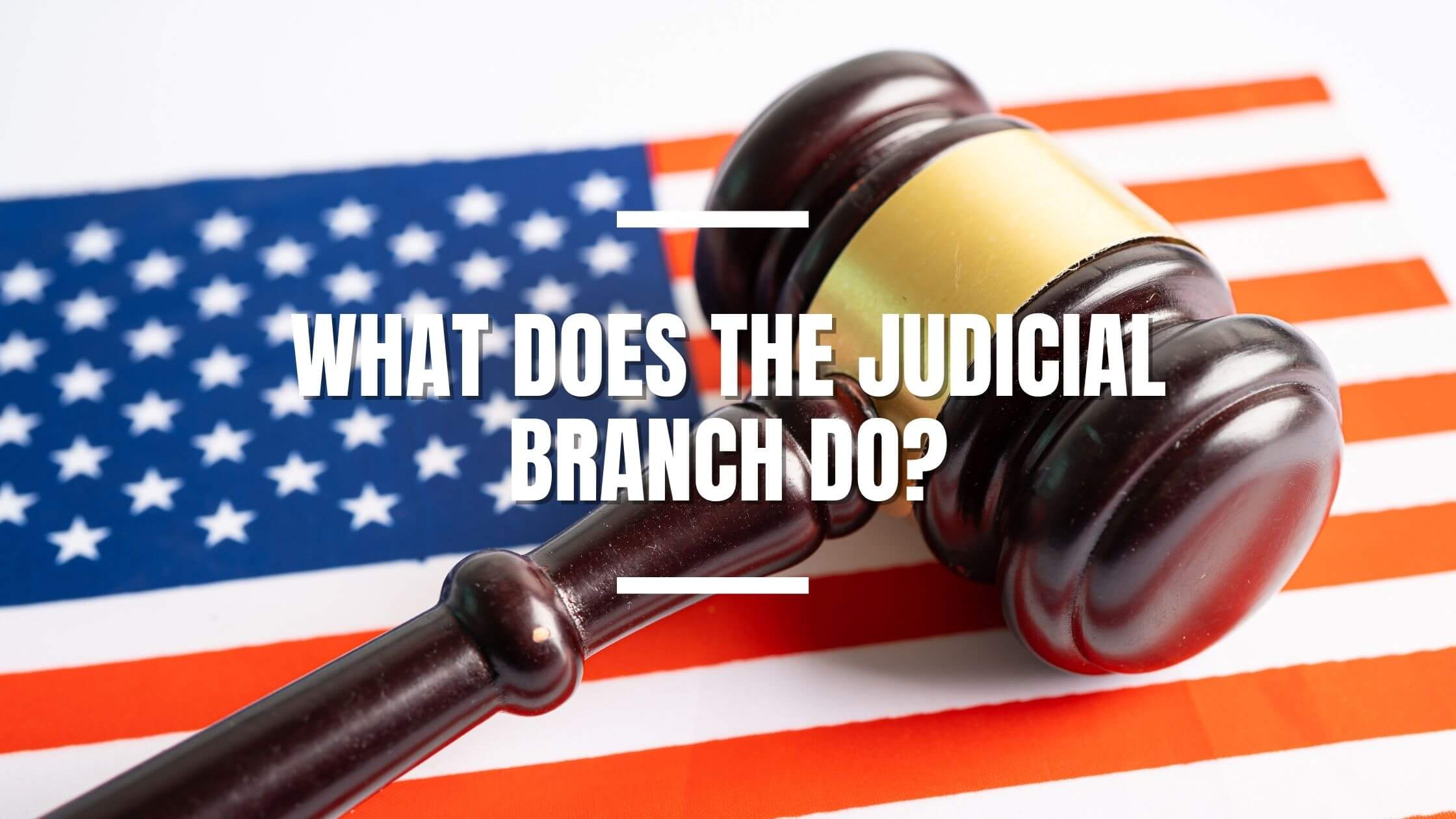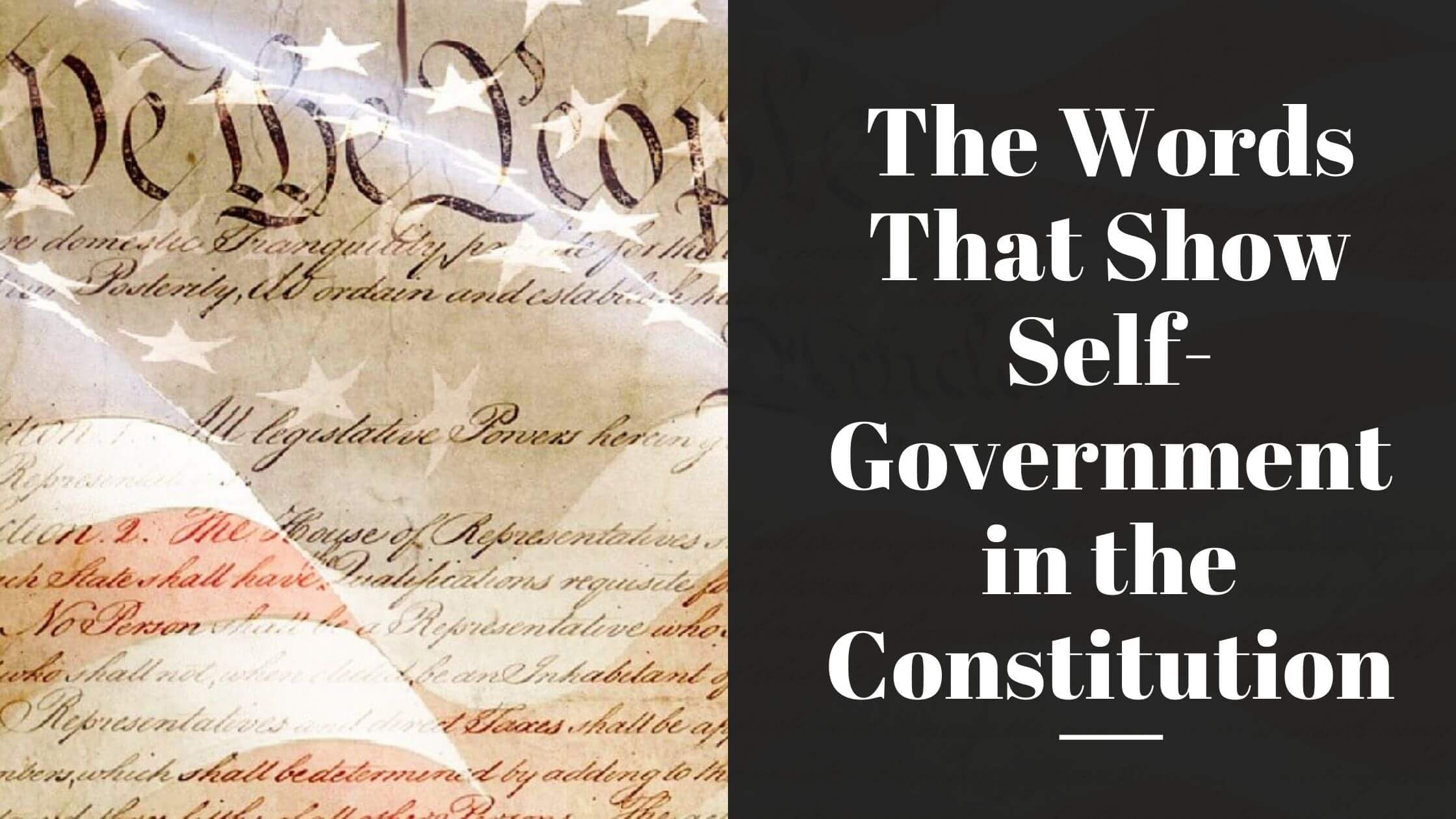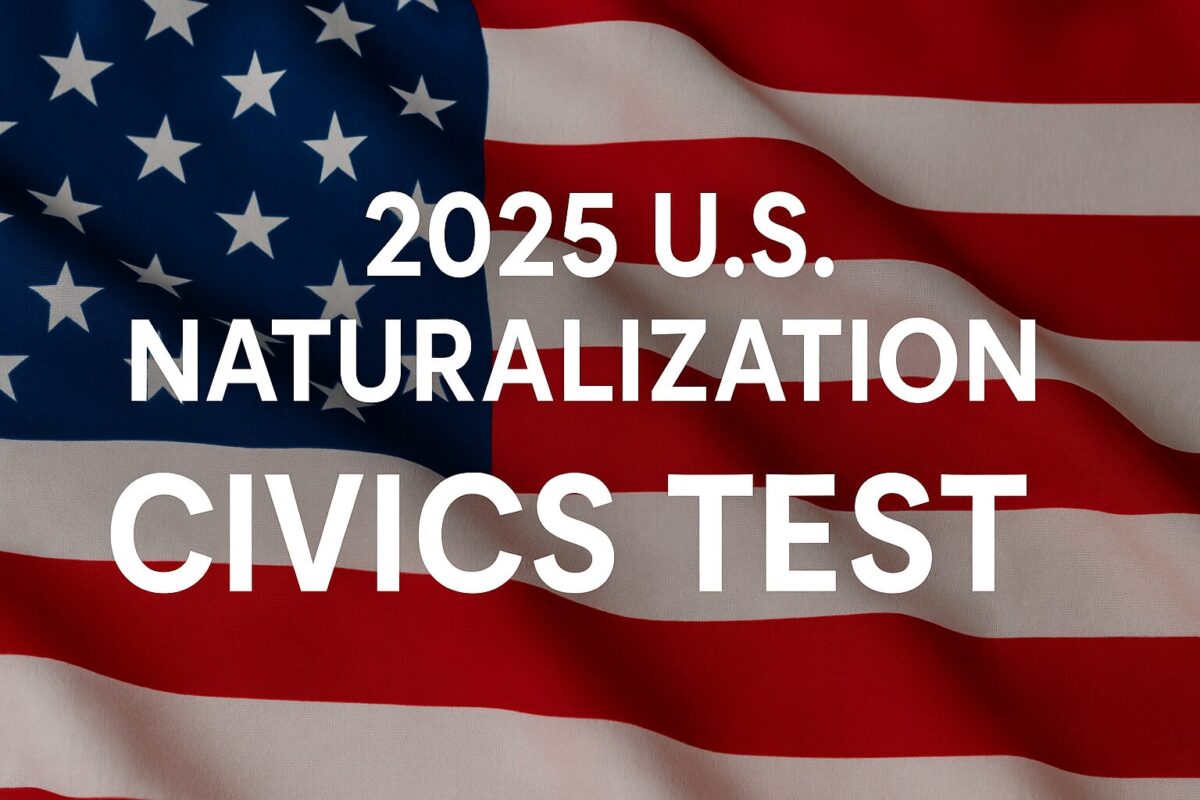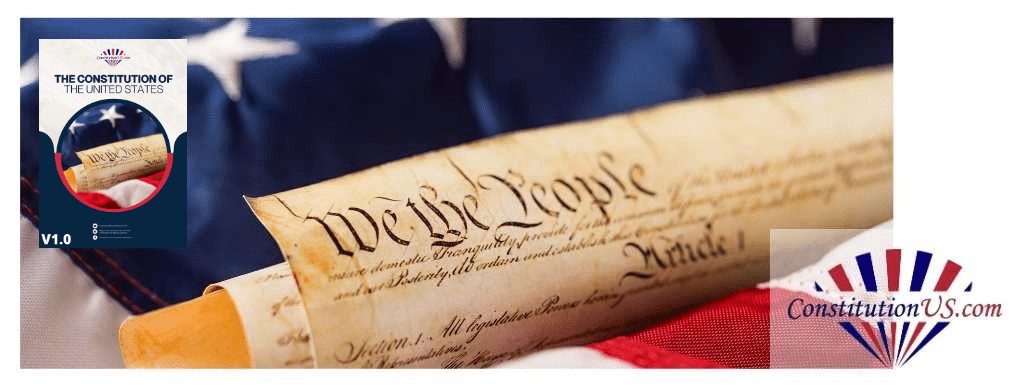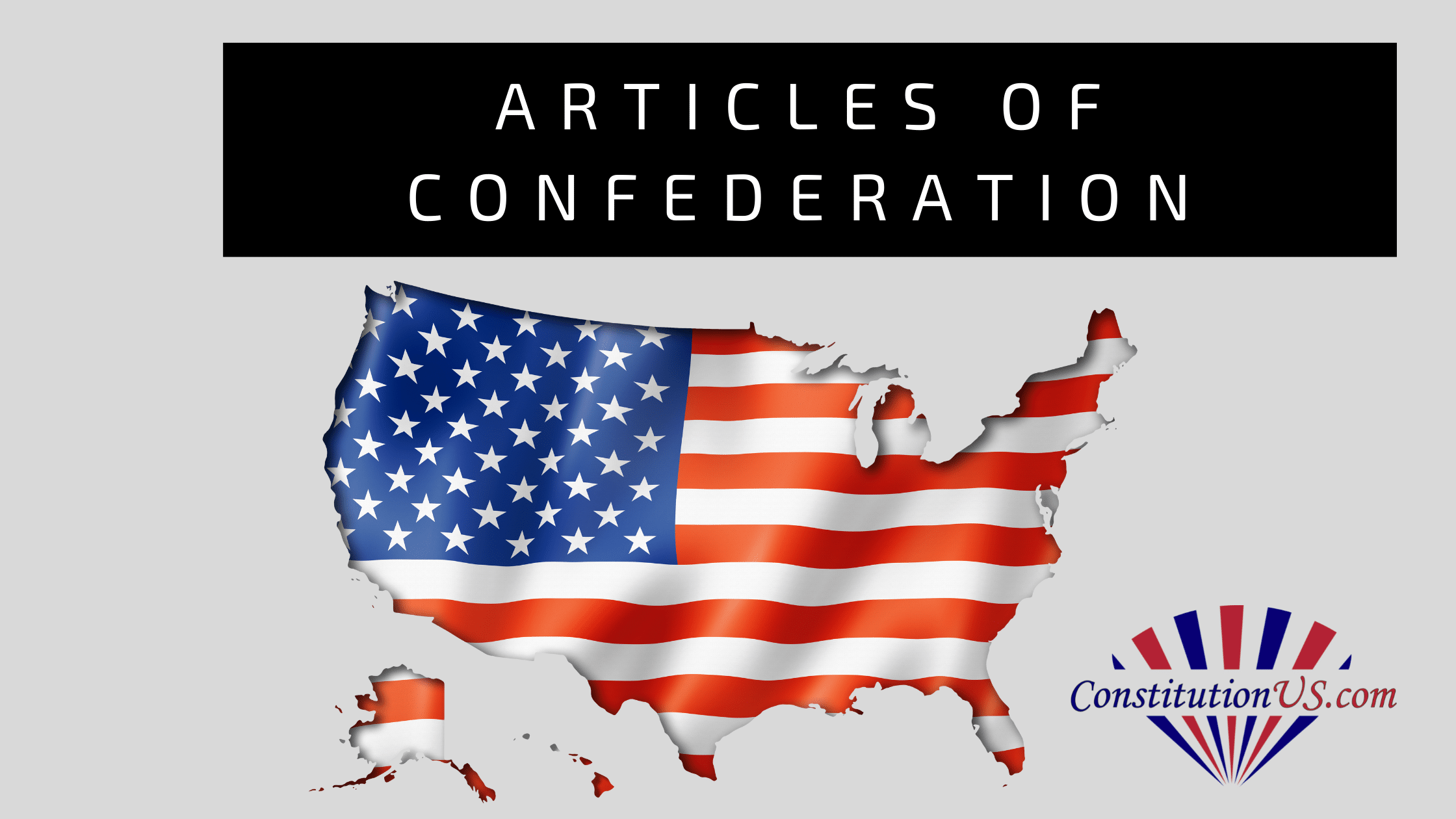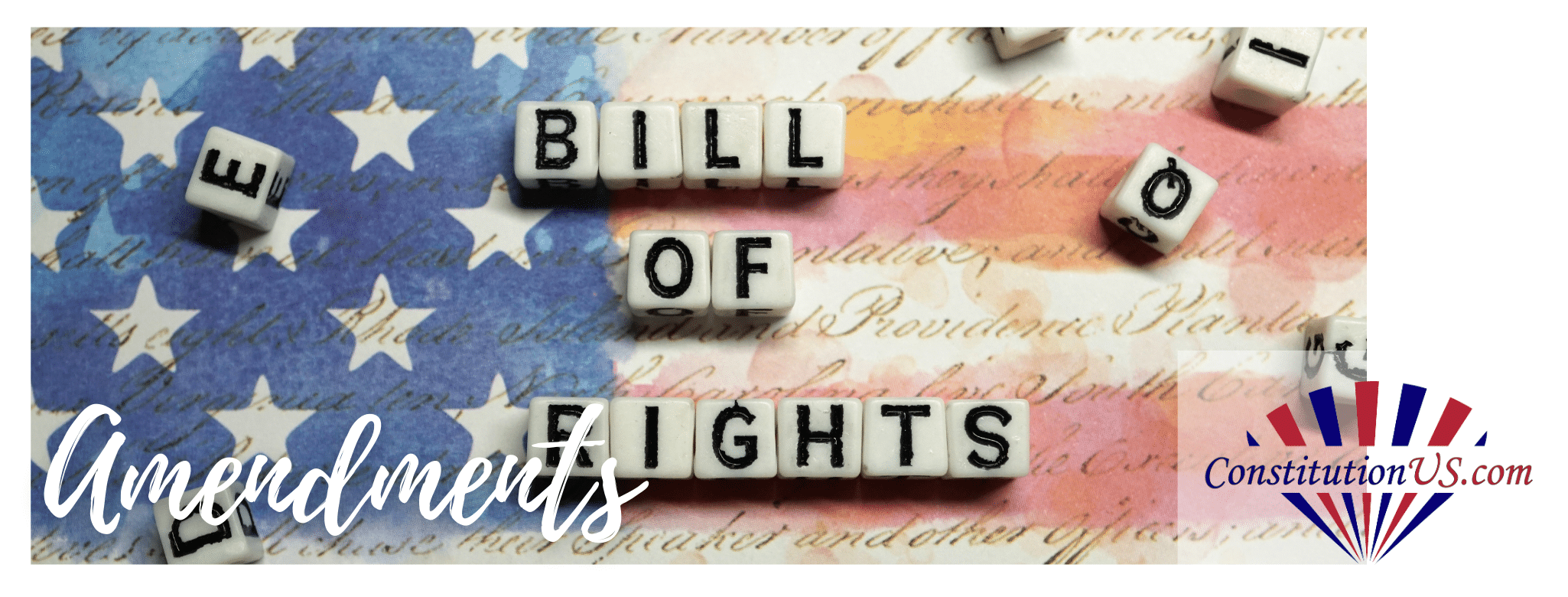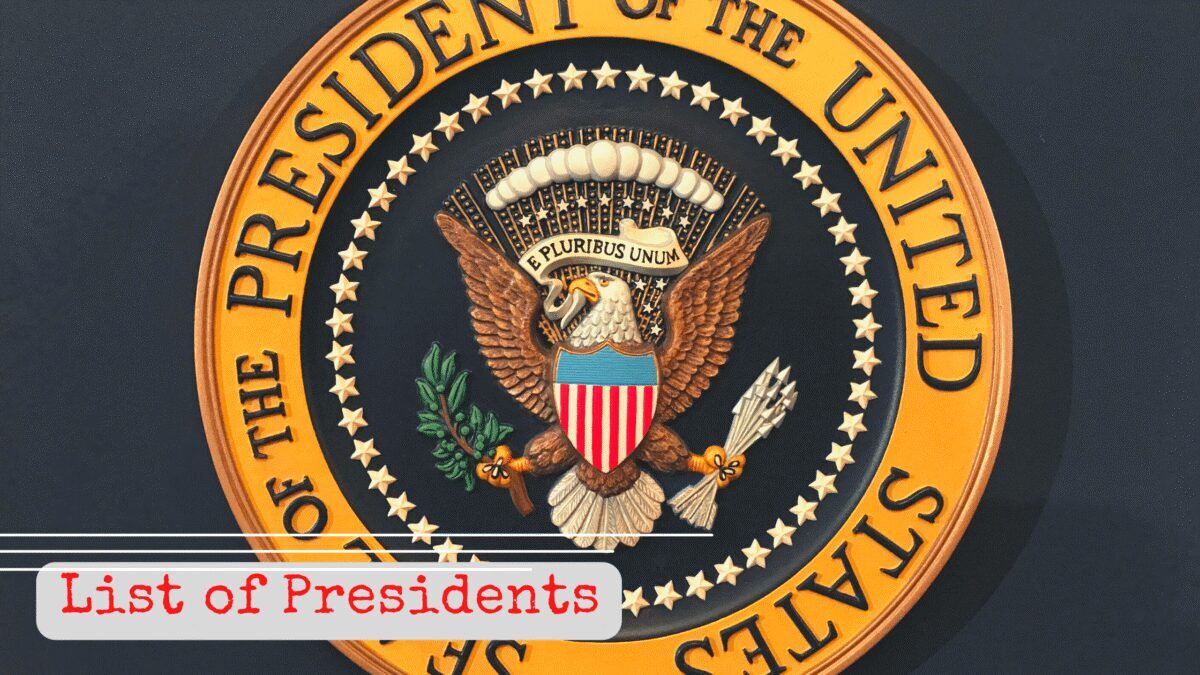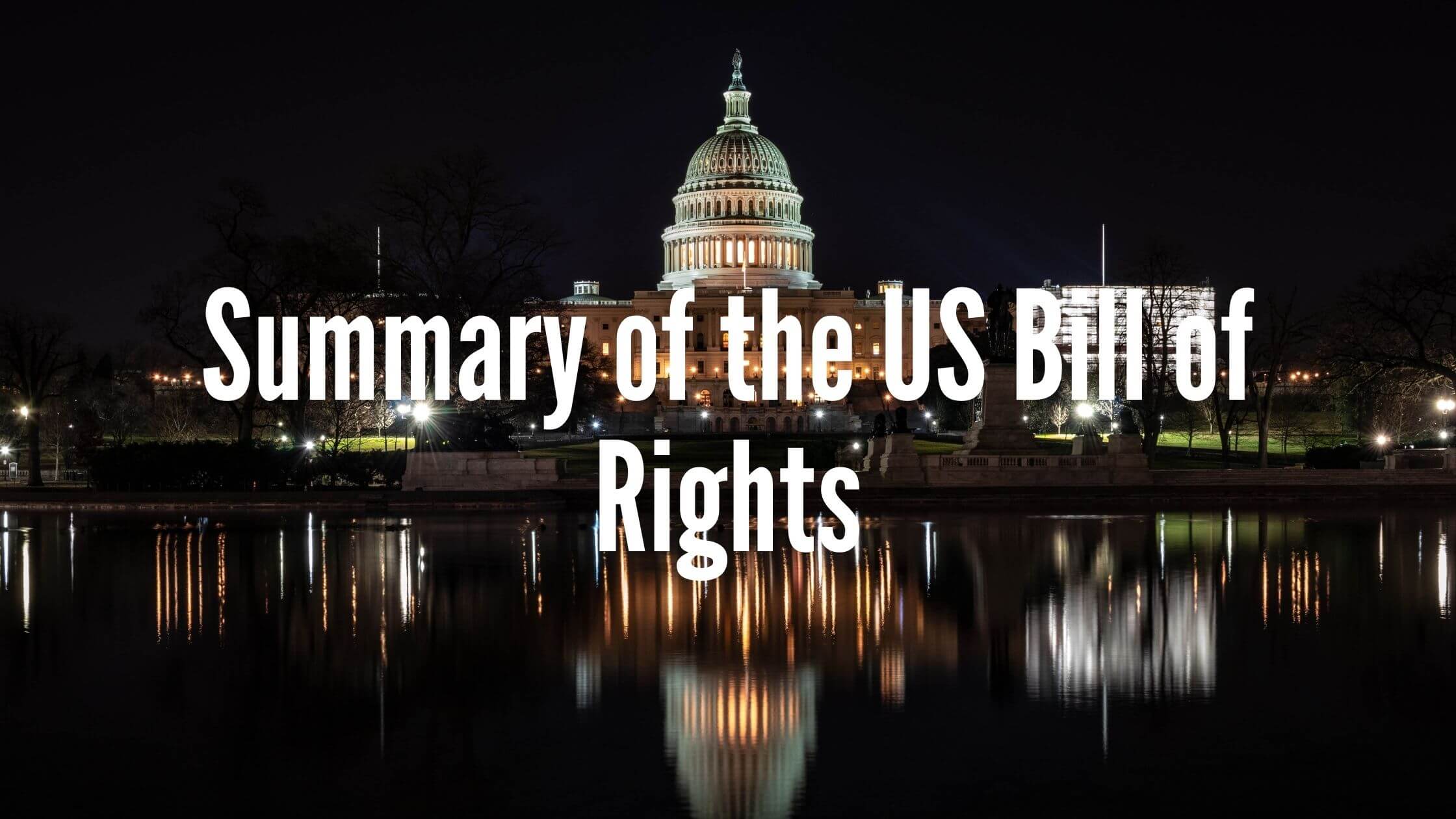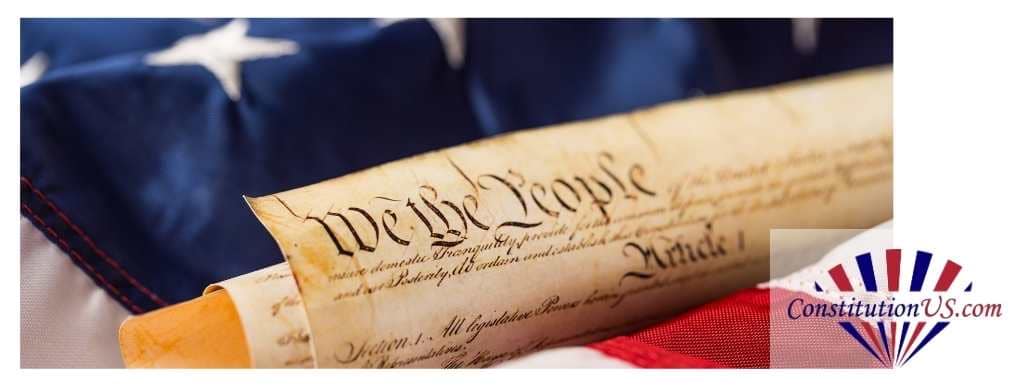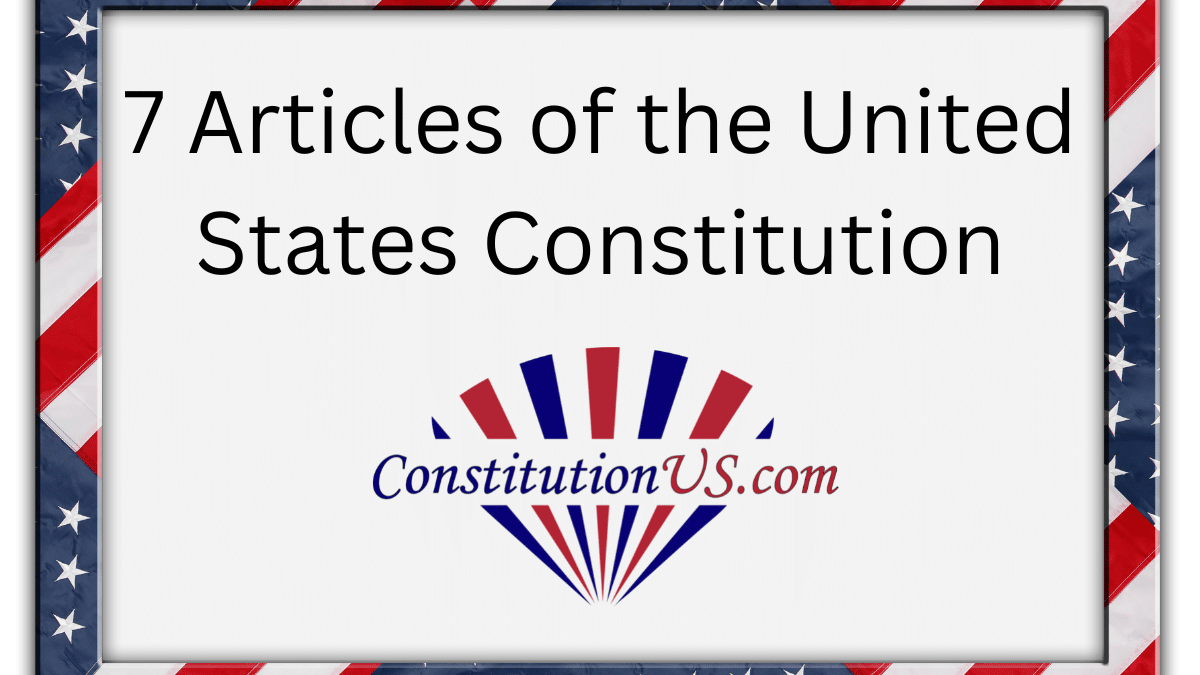Table of Contents
ToggleTo pass the US citizenship test, you will have to answer 10 of a possible 100 questions. The following question is from the USCIS test.
What does the judicial branch do?
Answer:
- reviews laws
- explains laws
- resolves disputes (disagreements)
- decides if a law goes against the Constitution
The following is a full explanation of the USCIS question:
The Judicial Branch’s Responsibilities
All three branches of the government deal with the law. The legislative branch makes the laws, the executive branch enforces them, and the judicial branch interprets laws and strikes down those laws that are deemed to be unconstitutional.
There are three types of courts within the judicial branch. The lowest is the district court, where guilt or innocence is determined on the completion of an impartial trial.
It is not within the district court’s remit to consider whether a law is constitutional or not.
Circuit Courts
Ordinarily, cases end in the district court after a final determination is made by a judge or jury. However, if a case is appealed, it is sent to a circuit court.
A circuit court considers cases where the law might be interpreted erroneously, certain facts may be incorrect, someone’s rights might have been violated, or the police may have made procedural mistakes. There is no jury in a circuit court case. Instead, there is a group of judges.
The Supreme Court
If a case is of national importance, the Supreme Court may be willing to hear it. The Supreme Court does not hear run of the mill cases but those that might require changes to the law. For example, civil rights cases have often be brought before the Supreme Court.
What is Judicial Review?
Judicial review is the process of reviewing laws that the legislature creates and considering their constitutionality. Lower courts are not empowered to review and strike down laws.
Are All Courts Part of the Judicial Branch?
State and county courts are not part of the judicial branch because they are not part of the federal government. State courts are not vastly different from district courts. Often, someone can choose to bring a court case to either a state court or a federal district court.
The Three Branches of Government
The founding fathers wanted the new government to have a system of checks and balances that would prevent the abuse of power. Therefore, they made the legislative branch a separate branch of government from the legislative and executive branches. None of the three branches are the strongest:
- If the legislative branch (Congress) passes a bad law, the executive branch (the president) can usually veto it.
- If a bad law already exists, the judicial branch might declare the law unconstitutional.
- If a Supreme Court justice is doing an inadequate job, the legislative branch can seek impeachment.
- Both the president and the legislative branch (the Senate) have to give their approval for a Supreme Court justice to take their seat.
This balance of power continues to work well today, not perfectly, but well. The system prevents any single branch of government from becoming too powerful.
Why the Constitution Required a Supreme Court
While the original constitution didn’t say much about how the court system should work in the United States, it did require a Supreme Court. There must be one court with power over all lower courts to arbitrate disputes about how to interpret a law or the constitution. Without such an institution, a dispute surrounding the interpretation of a law could go on indefinitely.
There have been nine justices since 1869 (the number set by Congress), whereas there were six justices before that. Justices are not elected by voters and keep their positions until they retire. This is important – if they had to seek re-election, their decisions could be influenced by the need to appease public opinion in order to gain re-election.
Instead of voters electing them, the president first appoints a justice, and then the Senate confirms them. The Supreme Court justices keep their positions for life or until they stand down or retire. Removing a Supreme Court justice is a difficult proposition, but Congress can impeach and convict a judge.
How Can You Appeal a Supreme Court Decision?
Part of what makes the Supreme Court so powerful is that no one can appeal their decisions. If someone loses a case in a lower court, they may seek to have the Supreme Court hear the case. The Supreme Court possesses supreme judicial power.
However, if they are on the wrong side of a Supreme Court decision, that is final, and there is no way to appeal. This prevents cases from being fought in court endlessly. If a law is constitutional according to one court and unconstitutional to another, the Supreme Court can end the dispute.

Get Smarter on US News, History, and the Constitution
Join the thousands of fellow patriots who rely on our 5-minute newsletter to stay informed on the key events and trends that shaped our nation's past and continue to shape its present.
On occasion, the Supreme Court may voluntarily choose to hear an appeal from another court that is in disagreement with the higher court. Although, if they refuse to hear any appeals, that decision is final.
No federal judge outside the Supreme Court can review a Supreme Court case and determine they erred in their ruling.
The Supreme Court Does Not Usually Hold Trials
The United States Supreme Court is unlikely to determine someone’s guilt or innocence, no matter how important the case. Instead, the Supreme Court hears constitutional cases and disputes on the interpretation of law.
A district court, state court, or county court will take a case determining guilt or innocence. The Supreme Court only determines guilt if guilt or innocence depends on how a law should be interpreted or whether a law is unconstitutional.
The Supreme Court has immense responsibility because lower courts are legally required to follow the Supreme Court’s precedents. If the Supreme Court interprets a law unjustly, all lower courts must do the same. A poor Supreme Court decision can uphold a bad law or strike down a necessary law as unconstitutional.
Is the Department of Justice Part of the Judicial Branch?
Despite its name and purpose, the Department of Justice is part of the federal government’s executive branch and not the judicial branch. The Department of Justice does not change laws. Instead, they are the president’s legal advisors.
The head of the Department of Justice is the attorney general, the president’s primary legal advisor. The justice department also does many things to prevent/control crime and sometimes to protect the United States from foreign threats.
